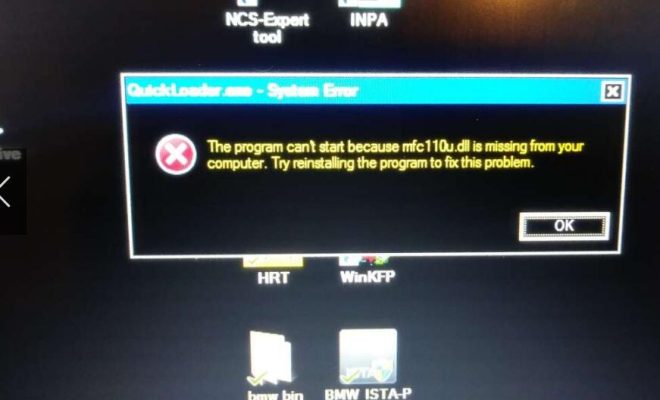What is Pulse Width Modulation (PWM)?

Pulse Width Modulation (PWM) is a technique used to control the intensity of a signal or digital output through the manipulation of its duty cycle. Initially developed for use in audio equipment, PWM has since found applications in a wide range of digital circuits, including motor speed regulation, power supply control, and LED lighting.
A PWM signal is generated by varying the relative time duration of two states of a digital signal – on and off. For example, if the signal is high for 50% of the time and low for the other 50%, the duty cycle is 50%. By controlling the duty cycle of a signal, a system can precisely control the average voltage, current, or power delivered to a load.
The speed control of DC motors is a common example of PWM application. By adjusting the duty cycle of the PWM signal sent to a motor, the speed of the motor can be controlled. A 50% duty cycle signal will result in the motor running at half of its maximum speed, while a 25% duty cycle signal will reduce it to a quarter of its maximum speed.
In LED lighting applications, PWM is often used to control the brightness of LEDs. Because LEDs have a nonlinear relationship between current and brightness, it is not possible to control LED brightness by a current regulation technique alone. By pulsing the current with a rapid rate, PWM can keep the brightness of LEDs at a constant level while saving energy.
PWM is not without its limitations, however. One of the main concerns with PWM is the possibility of unwanted electromagnetic interference (EMI) generated during the switching process. To minimize EMI, designers must carefully select the switching frequency, conduct extensive filtering, and employ proper grounding and shielding techniques.






